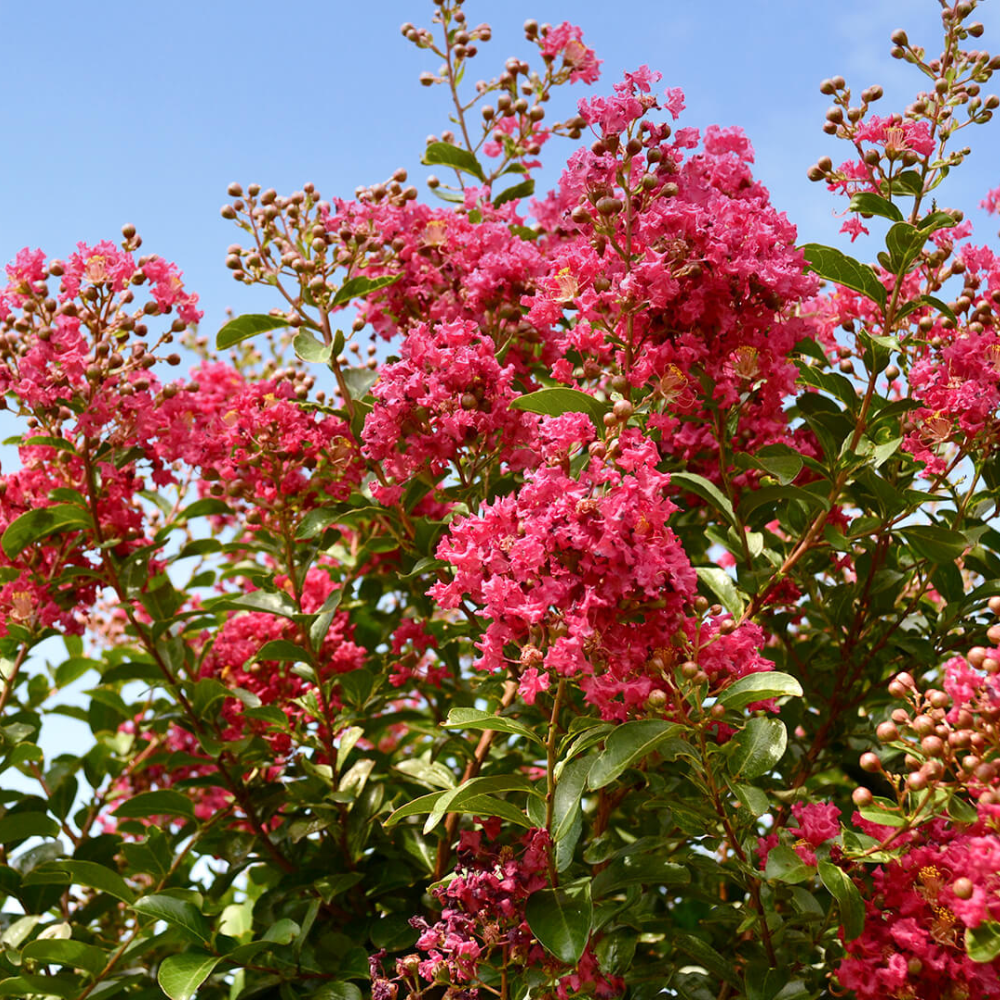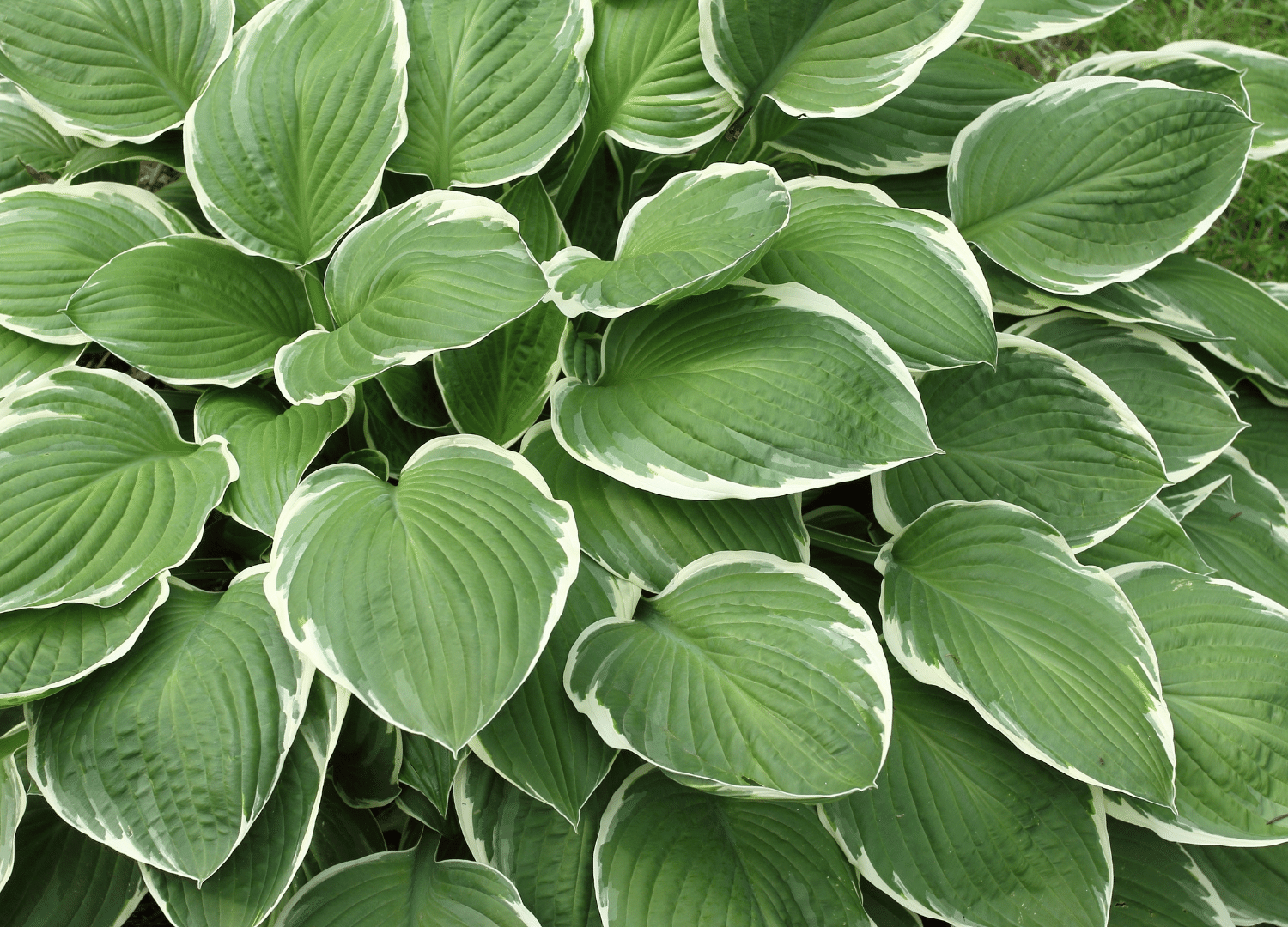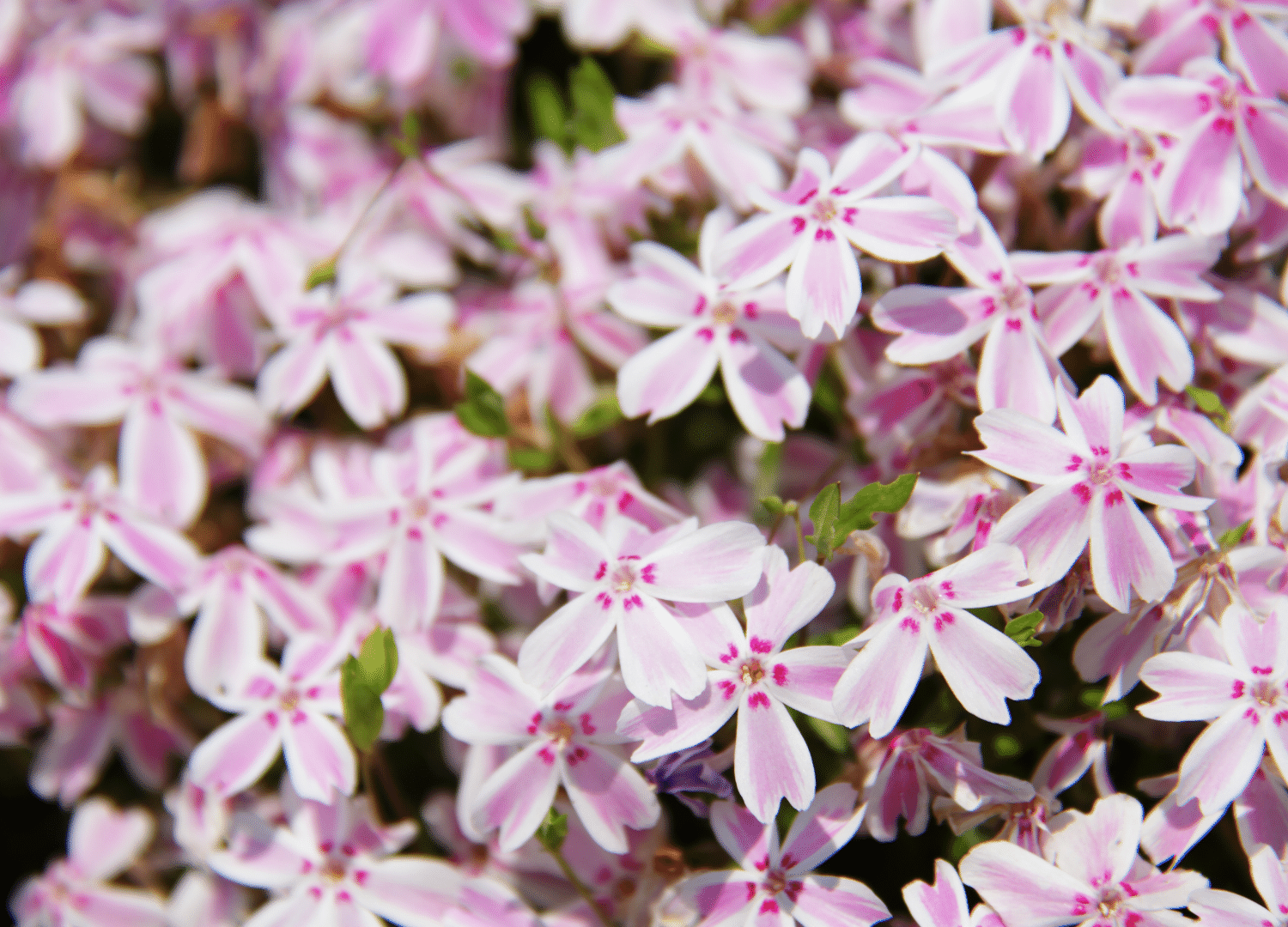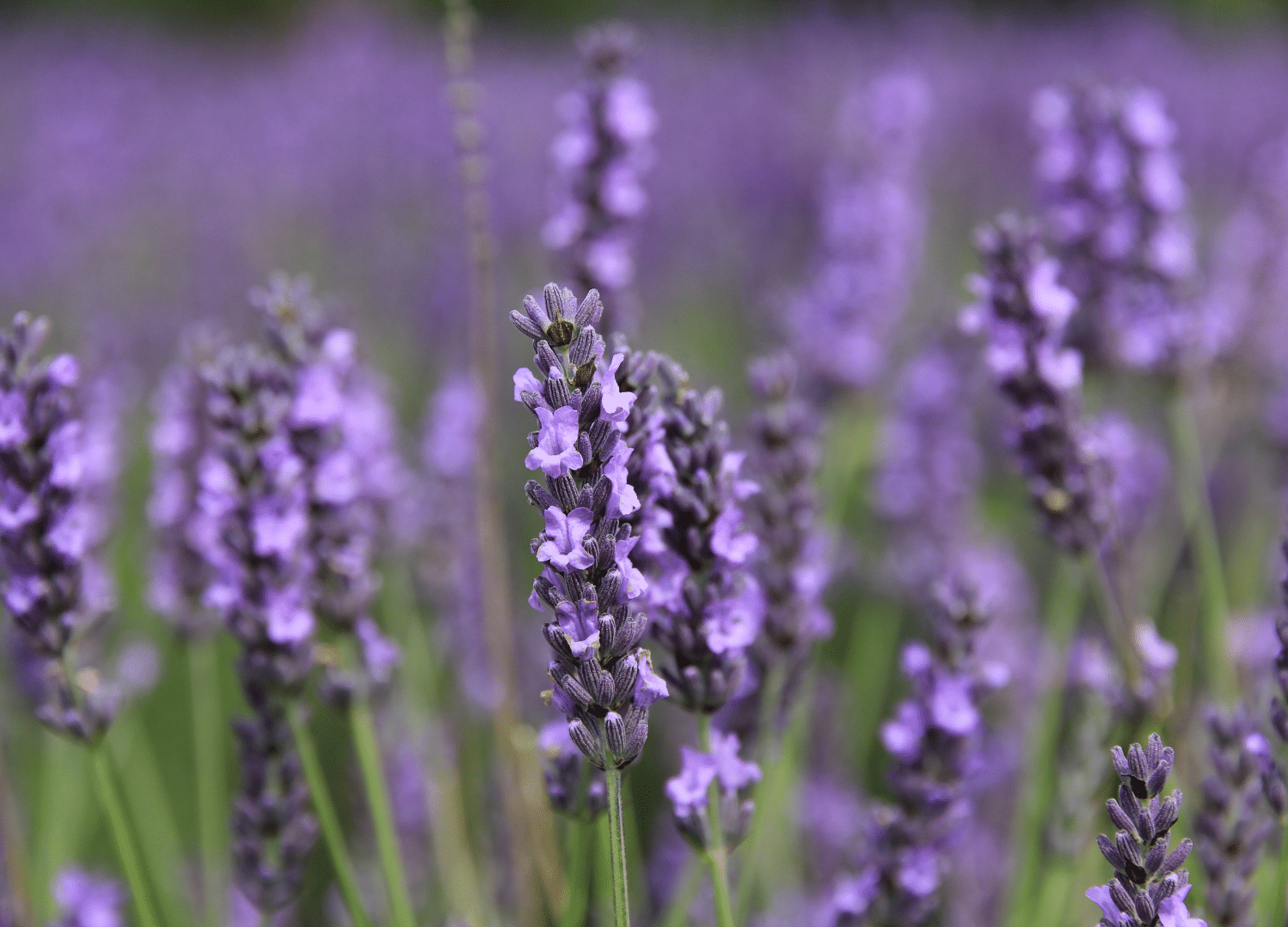Act Now to Protect Your Trees from Cedar Apple Rust
Protect Your Trees from Cedar Apple Rust – Act Now!
Cedar apple rust is a common fungal disease that affects apple, crabapple, and cedar trees. Unfortunately, many gardeners don’t realize they need to treat for this disease until it’s too late. By the time symptoms appear in summer—yellow-orange leaf spots on apple and crabapple trees or gelatinous orange growths on cedar trees—the damage has already been done. The best way to protect your trees is to take preventive action now, before the disease has a chance to develop.

Gelatinous orange growths on cedar trees
What is Cedar Apple Rust?
Cedar apple rust is caused by the fungus Gymnosporangium juniperi-virginianae. It requires both apple (or crabapple) and eastern red cedar (or other juniper species) to complete its life cycle. The fungus overwinters on cedar trees and releases spores in the spring, which infect apple and crabapple trees just as they begin to leaf out.
When and How to Treat
The key to preventing cedar apple rust is applying fungicide at the right time. Preventive fungicide treatments should begin in early spring, just as apple and crabapple trees start breaking dormancy and new leaves emerge. Repeat applications may be necessary every 7–10 days until petal drop, depending on weather conditions.
Recommended Treatments
-
Fungicides: Apply a protective fungicide containing myclobutanil, propiconazole, or mancozeb. Follow label instructions carefully for the best results.
-
Cultural Controls: Reduce the spread of cedar apple rust by removing nearby eastern red cedars or junipers, or by pruning out infected branches if removal isn’t an option.
-
Resistant Varieties: When planting new apple or crabapple trees, consider selecting rust-resistant varieties to minimize the risk of infection.

Rust on pear leaves
Act Now Before It’s Too Late!
Once you see the effects of cedar apple rust in summer, it’s too late for treatment in the current season. By treating your trees in early spring, you can break the disease cycle and keep your apple and crabapple trees healthy all season long. Stop by our garden center today to pick up the right fungicide and get expert advice on protecting your landscape from cedar apple rust!
Discover the Perfect Crape Myrtle for Your Garden
DISCOVER THE PERFECT CRAPE MYRTLE FOR YOUR GARDEN
Every landscape needs a crape myrtle (or several) to show off beautiful, long-lasting blooms throughout summer. Whether you have a small garden or a large yard, there is a crape myrtle for you!
In this post, we will tell you how we classify crape myrtles, and we will share some of the most popular varieties in each classification.
CRAPE MYRTLE CLASSIFICATIONS
If you search the internet, you will find almost as many size classifications for crape myrtles as you will find crape myrtle varieties. At Marcum’s Nursery, we have adopted four distinct categories for crape myrtles based on their final mature size. We classify crape myrtles like this:
- Miniature/Weeping Crape Myrtles: These sizes are perfect for small spaces and container gardening. Varieties in this category typically grow up to 3′ tall. Though small, miniature and weeping crape myrtles add a splash of color to patios, balconies, small gardens, and even landscape bed borders.
- Dwarf Crape Myrtles: These compact beauties usually reach heights between 3′-8′. They are great for borders, hedges, as accent plants in the garden, and they don’t get too tall to be planted close to a standard eave.
- Intermediate Crape Myrtles: Growing between 8′ to 15′ tall, these varieties are ideal for creating a stunning backdrop in larger gardens or for use as a small ornamental tree.
- Standard Crape Myrtles: Standard varieties reach heights of over 15′. These size crape myrtles make a bold statement in the landscape, and they can even provide a bit of shade as well. Who says a tree can’t be ornamental and provide utility?

POPULAR CRAPE MYRTLE VARIETIES BY CLASSIFICATION
- Miniature/Weeping Crape Myrtles: Pocomoke and Princess Lyla
- Dwarf Crape Myrtles: The Enduring Summer™ Series
- Intermediate Crape Myrtles: Ebony Flame
- Standard Crape Myrtles: Dynamite, Red Rocket, and Natchez
Dividing Perennials Guide
Dividing perennials is an easy way to refresh your garden. By dividing perennials, you keep your garden from becoming overgrown, you help reinvigorate your flower show, and you fill in empty spaces in your garden (and maybe your neighbor’s garden, too!). Read on to learn more about dividing perennials to keep your garden looking its absolute best.
There are three main reasons to divide perennials:
- Control the size of your plants – Rapidly spreading perennials can get out of control; dividing spreading perennials helps keep them in check. Plants that become too crowded from overgrowth are also more prone to pests and disease as they suffer from poor airflow.
- Rejuvenate your plants – Dividing old plants can rejuvenate them adding vigor and more profuse blooms.
- Increase the number of your plants – Division is really addition when it comes to your perennial garden! Gain additional plants by dividing to fill empty spaces in your garden or to share plants with your gardening friends.
WHEN TO DIVIDE
Most perennials benefit from dividing every three to five years. Generally speaking, division should take place in the season opposite the plant’s flowering season; it is best to divide spring and summer flowering perennials in the fall and fall flowering perennials in the spring. Dividing plants when they aren’t flowering allows the plant’s energy to be directed toward root development and leaf growth.
For fall division perennials, allow about six weeks from division to average first frost so plants can become established in their new homes. In central Oklahoma, late August to early September is a good time to divide spring flowering perennials.
Spring division can be started as soon as the growing tips of the plants have emerged. Don’t wait until temperatures rise too much to divide; it is best to allow time for roots to establish before temperatures become too hot stressing your newly divided plants.
WHICH PLANTS TO DIVIDE
Plants that are spreading to areas they aren’t wanted, plants with bald spots, and plants with flowers that are smaller and less abundant than are typical of the species (or subspecies) are great candidates for division (provided they are species that respond well to division).
Perennials with long taproots should not be divided. Other perennials reseed freely and therefore don’t require division. Be sure to research your species and subspecies of perennials before dividing to ensure you won’t cause stress to a plant that prefers to be undisturbed.
HOW TO DIVIDE
Prepare the area where you will be moving your new divisions before beginning. Bed preparation should include eliminating perennial weeds, adding an working organic matter into the soil, and amending with fertilizer and/or other nutrients as needed. (A simple soil test can determine whether and which amendments are needed.)
Water the plants to be divided a day or two before dividing and make every effort to divide them on a cool, cloudy day. Keep divisions moist never allowing them to dry out. Plant the divisions at the same depths they enjoyed in their previous location. When you have finished dividing and replanting, water each plant with a starter fertilizer to reduce shock and to help the new plants root in and get established quickly.
How you divide your perennial depends on which type of root system they have as well. There are several types of root systems, but three groups cover perennials planted in most gardens – clumping, spreading, and woody.
CLUMPING PERENNIALS

Clumping perennials grow from a central clump – called a crown – which grows bigger each year producing offsets. They also develop an extensive root system that benefits from division every two to three years to prevent problems associated with overcrowding.
To divide clumping perennials, dig up the entire plant starting a good distance from the center to minimize root damage. Once you have dug up your clumping perennials, loosen the roots to determine where to make divisions. Often there will be obvious divisions; sometimes you will have to exercise your best judgement. Always make sure there is a healthy amount of foliage and root system for each division. The roots of clumping perennials tend to be thick and fleshy, so a soil knife, clippers, or other tool might be necessary to cut through the root system.
Hostas, daylilies, guara, astilbe, and many ornamental grasses are examples of clumping perennials.
SPREADING PERENNIALS

Spreading perennials grow by surface or underground roots or stems. These plants’ shoots originate from many locations, and they can often look like separate plants with their own crown and root systems. Dividing spreading perennials can keep those that are more invasive from taking over a space, and it can keep them from crowding out their own centers.
To divide spreading perennials, simply dig up the portion of the plant you want to move making sure to get at least three to five vigorous shoots in each division.
Examples of spreading perennials include lamium, bee balm, creeping phlox, and perennial vinca.
WOODY PERENNIALS

Woody perennials often have rooted layers meaning they had a branch from the original plant that rested on the soil and developed its own root system.
To divide woody perennials, cut the stem that runs between the original plant and the new plant, dig up the new plant, and move it to its new home.
Lavender, rosemary, and thyme are examples of woody perennials.
GIVE IT A GO!
With a little research, perennial division can be performed successfully by even the most novice gardener. This fall, why not give it a try on your spring and summer flowering perennials?! Chances are that your garden will reward you with healthier, happier, and more abundant perennials.